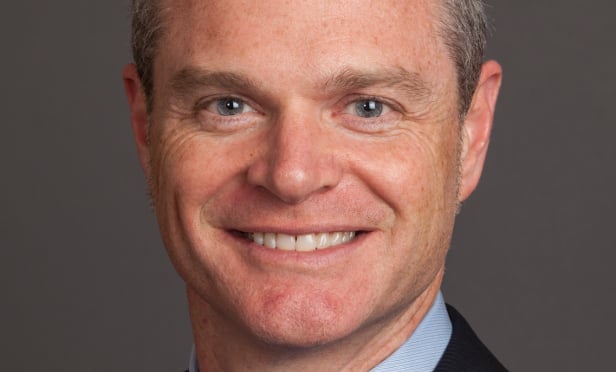
SANTA ANA, CA—As 2017 ends and we look forward to 2018, there is reason to be optimistic about defect, fraud and misrepresentation risk in the home-loan sector, according to First American Financial Corp.'s chief economist Mark Fleming. A report from the firm reveals the five states with the greatest home-loan-application defect risk, as well as those with the lowest risk.
Those states with the greatest level of defect risk are Arkansas, Idaho, North Dakota, Florida and Montana. The five states with the greatest year-over-year increase in defect frequency are South Dakota (+50.8%), North Dakota (+42.3%), New Mexico (+39.7%), Idaho (+36%) and Iowa (+35%).
Meanwhile, the five states with the lowest level of defect risk are New Hampshire, Connecticut, Massachusetts, Pennsylvania and Maine. Connecticut was the only state with a year-over-year decrease in defect frequency, at -1.5%.
According to First American's Loan Application Defect Index for November, which estimates the frequency of defects, fraudulence and misrepresentation in the information submitted in mortgage-loan applications, the frequency of these issues remained the same compared with October, although compared to November 2016, the index increased by 22.1%. Still, the defect index is down 18.6% from the high point of risk in October 2013.
In addition, the firm reports that the defect index for refinance transactions remained unchanged compared with the previous month and is 23.2% higher than a year ago, while the defect index for purchase transactions increased 1.1% month-over-month and is up 13.8% compared with a year ago.
Fleming says after a year of significant change, defect risk has stabilized, with no change in the overall level of defect risk in three of the last four months. “Keep in mind that the Loan Application Defect Index was at its lowest point ever in November 2016, before defect risk surged by 24% in the following seven months, one of the fastest changes the defect index has recorded since its inception in 2011.”
Fleming adds that the increase was primarily driven by an increase in the share of purchase mortgage transactions which tend to carry more risk, and more transactions in riskier markets. “This fall, we have seen some moderation and stabilization of these market dynamics and, as a result, no further increase.”
In January, GlobeSt.com spoke with Fleming about the main ways he expected loan-application defect and fraud risk to change this year. He told us, “I expect loan quality to continue to improve as we see the continued adoption of automation and data validation in the loan-origination process. Although, countering these improvements, the market will shift to loan products with higher defect and fraud risk.”
© 2025 ALM Global, LLC, All Rights Reserved. Request academic re-use from www.copyright.com. All other uses, submit a request to [email protected]. For more information visit Asset & Logo Licensing.







